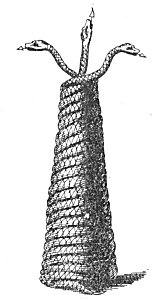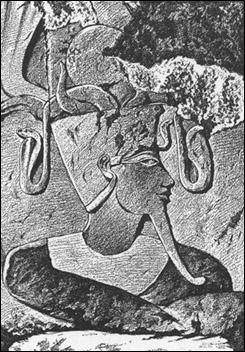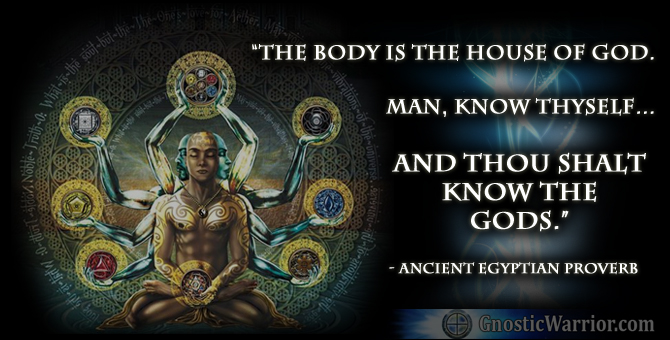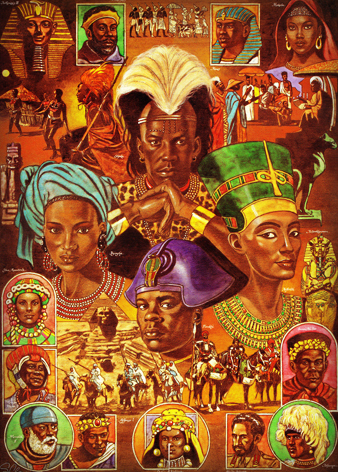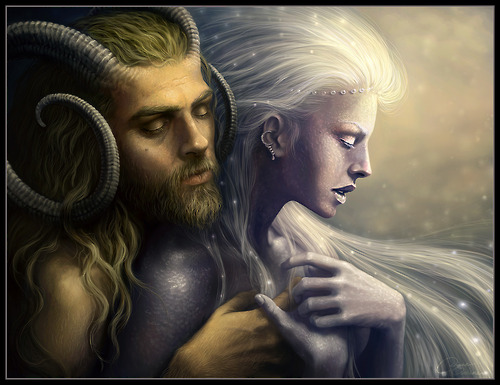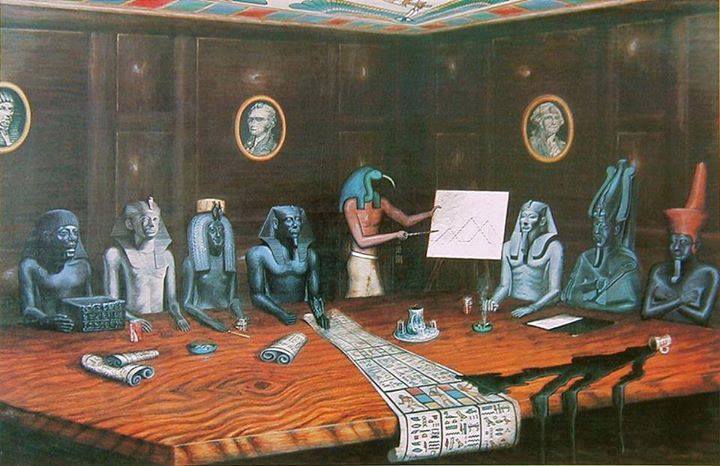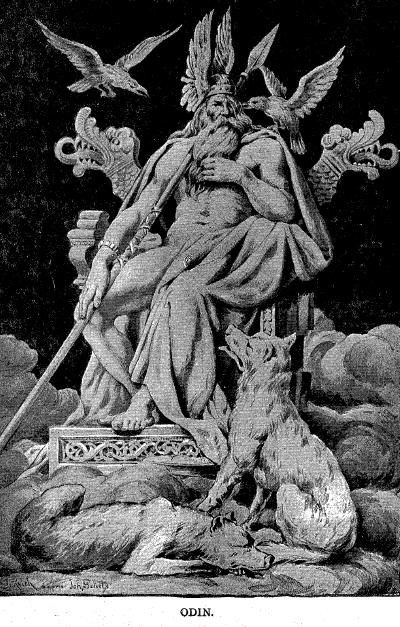p. 36
and fruits. In support of this viewpoint they describe the “gardens of Adonis, ” which were small baskets of earth in which seeds were planted and nurtured for a period of eight days. When those plants prematurely died for lack of sufficient earth, they were considered emblematic of the murdered Adonis and were usually cast into the sea with images of the god.
In Phrygia there existed a remarkable school of religious philosophy which centered around the life and untimely fate of another Savior-God known as Atys, or Attis, by many considered synonymous with Adonis. This deity was born at midnight on the 24th day of December. Of his death there are two accounts. In one he was gored to death like Adonis; in the other he emasculated himself under a pine tree and there died. His body was taken to a cave by the Great Mother (Cybele), where it remained through the ages without decaying. To the rites of Atys the modern world is indebted for the symbolism of the Christmas tree. Atys imparted his immortality to the tree beneath which he died, and Cybele took the tree with her when she removed the body. Atys remained three days in the tomb, rose upon a date corresponding with Easter morn, and by this resurrection overcame death for all who were initiated into his Mysteries.
“In the Mysteries of the Phrygians, “says Julius Firmicus, “which are called those of the MOTHER OF THE GODS, every year a PINE TREE is cut down and in the inside of the tree the image of a YOUTH is tied in! In the Mysteries of Isis the trunk of a PINE TREE is cut: the middle of the trunk is nicely hollowed out; the idol of Osiris made from those hollowed pieces is BURIED. In the Mysteries of Proserpine a tree cut is put together into the effigy and form of the VIRGIN, and when it has been carried within the city it is MOURNED 40 nights, but the fortieth night it is BURNED!” (See Sod, the Mysteries of Adoni.)
The Mysteries of Atys included a sacramental meal during which the neophyte ate out of a drum and drank from a cymbal. After being baptized by the blood of a bull, the new initiate was fed entirely on milk to symbolize that he was still a philosophical infant, having but recently been born out of the sphere of materiality. (See Frazer’s The Golden Bough.) Is there a possible connection between this lacteal diet prescribed by the Attic rite and St. Paul’s allusion to the food for spiritual babes? Sallust gives a key to the esoteric interpretation of the Attic rituals. Cybele, the Great Mother, signifies the vivifying powers of the universe, and Atys that aspect of the spiritual intellect which is suspended between the divine and animal spheres. The Mother of the gods, loving Atys, gave him a starry hat, signifying celestial powers, but Atys (mankind), falling in love with a nymph (symbolic of the lower animal propensities), forfeited his divinity and lost his creative powers. It is thus evident that Atys represents the human consciousness and that his Mysteries are concerned with the reattainment of the starry hat. (See Sallust on the Gods and the World.)
The rites of Sabazius were very similar to those of Bacchus and it is generally believed that the two deities are identical. Bacchus was born at Sabazius, or Sabaoth, and these names are frequently assigned to him. The Sabazian Mysteries were performed at night, and the ritual included the drawing of a live snake across the breast of the candidate. Clement of Alexandria writes: “The token of the Sabazian Mysteries to the initiated is ‘the deity gliding over the breast.'” A golden serpent was the symbol of Sabazius because this deity represented the annual renovation of the world by the solar power. The Jews borrowed the name Sabaoth from these Mysteries and adopted it as one of the appellations of their supreme God. During the time the Sabazian Mysteries were celebrated in Rome, the cult gained many votaries and later influenced the symbolism of Christianity.
The Cabiric Mysteries of Samothrace were renowned among the ancients, being next to the Eleusinian in public esteem. Herodotus declares that the Samothracians received their doctrines, especially those concerning Mercury, from the Pelasgians. Little is known concerning the Cabiric rituals, for they were enshrouded in the profoundest secrecy. Some regard the Cabiri as seven in number and refer to them as “the Seven Spirits of fire before the throne of Saturn.” Others believe the Cabiri to be the seven sacred wanderers, later called the planets.

Moe is the founder of GnosticWarrior.com. He is a father, husband, author, martial arts black belt, and an expert in Gnosticism, the occult, and esotericism.

